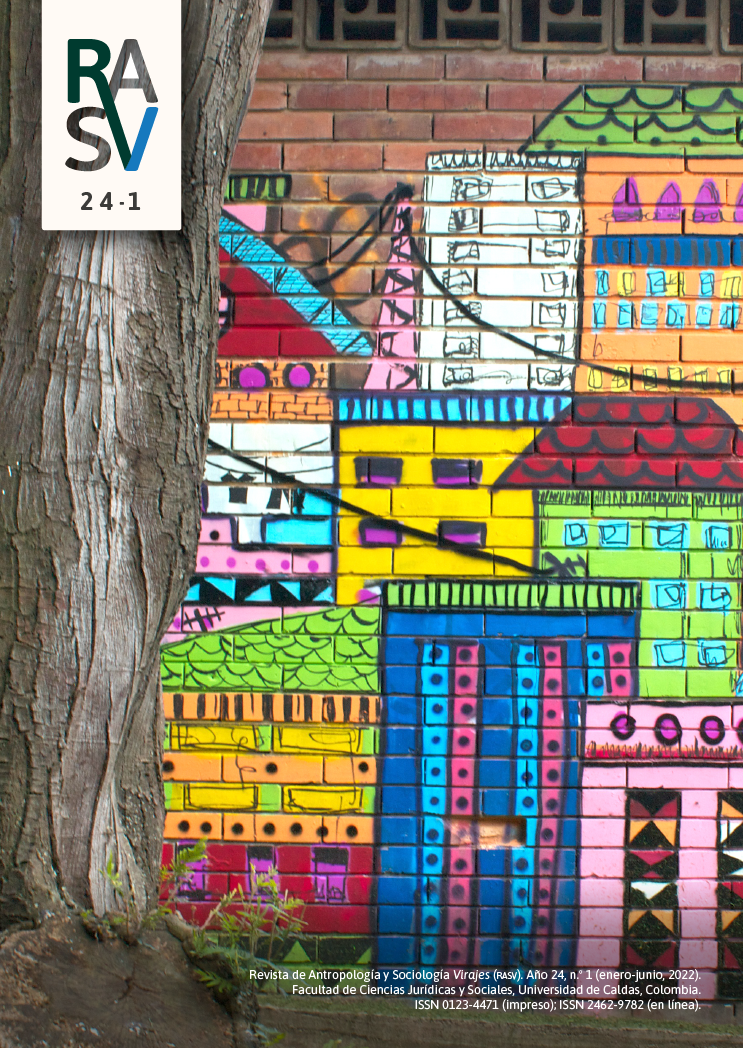Authors
Abstract
The Urdu language, alternatively known as Hindustani, enjoyed the status of a lingua franca in the Indian subcontinent due to the fact that it was a common medium of expression used by Indians regardless of their faith. However, around the mid-nineteenth century, mutations on the Indian scene were to pose a challenge to this status which rendered this language an exclusively Islamic one. Therefore, this paper seeks to highlight the process of this transition—that is, from a common language used by all to a communal one—as well as the motivating forces behind such a change which, ultimately, led to the fragmentation of the country by the mid-twentieth century
Keywords
References
Aziz, K. K. (1967). The Making of Pakistan: A Study in Nationalism. Chattos & Windus.
Fatehpuri, F. (1987). Pakistan Movement and Hindu-Urdu Conflict. Sang-E-Meel.
Gandhi, R. (1987). Understanding the Muslim Mind. Penguin Books India.
Hasan, T. (2006). The Aligarh Movement and the Making of the Indian Muslim Mind: 1857-2002. Rupa.
Jaffrelot, C. (1988). L’émergence des nationalismes en Inde: Perspectives théoriques. Revue française de science politique, 38(4), 555-575. https://doi.org/10.3406/rfsp.1988.411152
Lee, C. (2000). Hit It with a Stick and It Won’t Die: Urdu Language, Muslim Identity and Poetry in Varnasi, India. The Annual of Urdu Studies, 15, 337-351. http://digital.library.wisc.edu/1793/18169
Malik, J. (2008). Islam in South Asia: A Short History. Brill.
Muhammad, S. (1978). The Aligarh Movement: Basic Documents: 1864-1898. Meenakshi Prakashan.
Qureshi, I. H. (1977). The Muslim Community in the Indo-Pakistan Subcontinent (610-1947): a Brief Historical Analysis. Ma‘aref.
Ikram, S. M. (1964). Muslim Civilization in India. Columbia UP.
Limaye, M. (1989). Indian National Movement: Its Ideological and Socio-Economic Dimensions. Sangam Books.
Keay, F. E. (1933). A History of Hindi Literature. YMCA.
King, C. R. (1994). One language, Two Scripts: The Hindi Movement in Nineteenth Century North India. Oxford UP.
Lunn, D. J. (2012). Looking for Common Ground: Aspects of Cultural Production in Hindi/Urdu, 1900-1947 (PhD thesis). SOAS University of London, London.
Metcalf, B. D. (2003). Urdu in India in the 21st Century: A Historian’s Perspective. Social Scientist, 31(5/6), 29-37.
Rahman, T. (2010). Urdu and the Muslim Identity: Standardization of Urdu in the Eighteenth and Early Nineteenth Centuries. The Annual of Urdu Studies. 25, 83-107. http://digital.library.wisc.edu/1793/53765
Rahman, T. (2006). Urdu as an Islamic Language. The Annual of Urdu Studies. 21, 101-119. https://minds.wisconsin.edu/bitstream/handle/1793/18580/06Rahman.pdf?sequence=2
Russell, R. (1999). How Not to Write the History of Urdu Literature: And Other Essays on Urdu and Islam. Oxford UP.
Spear, P. (1990). A History of India: From the Sixteenth Century to the Twentieth Century. Penguin Books.
Srivastava, S. (1995). Review of One Language, Two Scripts: The Hindi Movement in Nineteenth Century North India by Christopher R. King. Social Scientist, 23(4/6), 108-116.

 PDF (Español)
PDF (Español)
 FLIP
FLIP



















